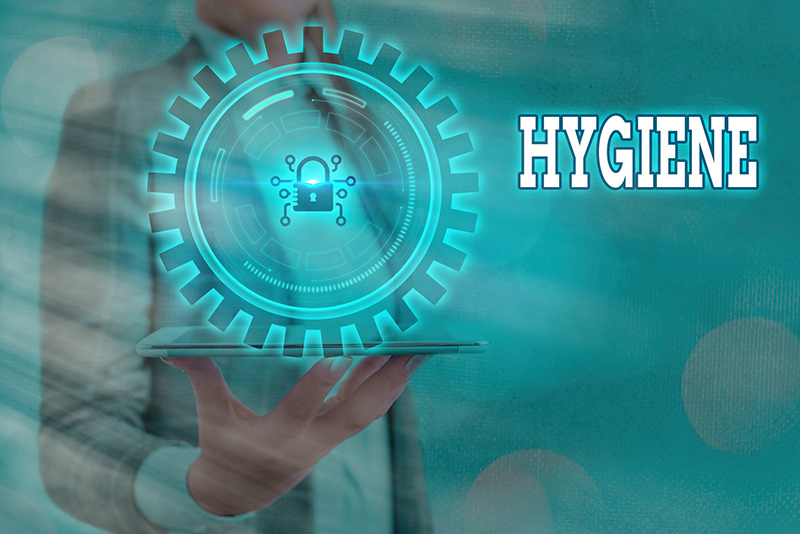So, let us begin with what is data hygiene?
Just as you scrub off those blackheads from your nose and make your face pretty, data hygiene is removing dirty data from your working environment, let that be digital data or hard copies. Data hygiene involves ensuring data cleanliness in a database by checking records for accuracy and removing errors. Dirty data may come in different forms-duplicate, inaccurate or outdated data. Accurate data is the critical aspect of business development. Data cleansing services can help obtain accurate and relevant business records and ensure better sharing of information across departments.
Poor data quality destroys business value and can negatively impact financial performance. According to a report from Gartner, organizations using poor data quality will be responsible for an average of $15 million per year in losses.
Dirty data can lead to poor data quality, reduced productivity in all departments, increased costs, data loss, duplicate information, compliance issues and customer dissatisfaction. Organizations should follow data hygiene best practices to effectively manage their data and avoid any data breach or errors. Errors can occur at any stage – data entry, storage or data management.
Consider these 5 data hygiene best practices.
Conduct an Audit
Before getting into the cleaning process, consider assessing the quality of your data and have an idea of your company’s current state of data hygiene. Locate all the existing data in old hard drives, laptops, on-premise servers, or in the cloud. Evaluate all the data management systems that your company relies on to get customer information. Assess both internal and external systems and make sure to collect only necessary information and never clog up your data pipeline with unnecessary data from customer forms and surveys.
Data Classification
Based on the audits conducted or assessment done, classify data into different categories such as –
- business-critical data
- necessary for compliance, which you may need later
- unnecessary data that is redundant, trivial or obsolete
By classifying data, users can track data throughout its entire lifecycle, ranging from creation to storage, sharing, archiving and destruction.
Implement Standardization Rules
Make sure to establish standardization rules, as it can prevent dirty data to a great extent. Train your staff to use a standard format for data where possible. Standard data format might involve having international formats for phone numbers, applying a MM/DD/YYYY format to dates, creating a lookup table of common state abbreviations and more. Check the most important input fields that need to be standardized. Also, establish constraints such as finding ways to prevent entering irrelevant values, as this minimizes the potential for dirty data.
Provide Strict Data Usage Guidelines
Consider building a data governance program that provides clear guidelines for everyone managing data throughout the entire lifecycle, while creating a new file, storing, sharing and deleting it. Make sure to update your data frequently to prevent any important data getting outdated.
Invest in Data Cleansing
The right tools and protocols will cut down on the data cleansing or data scrubbing work. Advanced data cleansing tools are available to automatically enrich, append and clean data. The right systems can sift through masses of data, detect anomalies using algorithms, and identify any manual errors. Make sure your firm’s data cleansing process looks out for duplicate and missing data, corrupt or incorrect data values, values outside the constraints of the field and more.
An experienced data cleansing company can support organizations in ensuring good quality, accurate data. Their professional services include finding individual data elements in source files, correcting those details with sophisticated data sources, data conversion into a standard format, matching records with the standardized data to avoid duplication, identifying any missed records, and more.
Healthy data! Healthy business!




